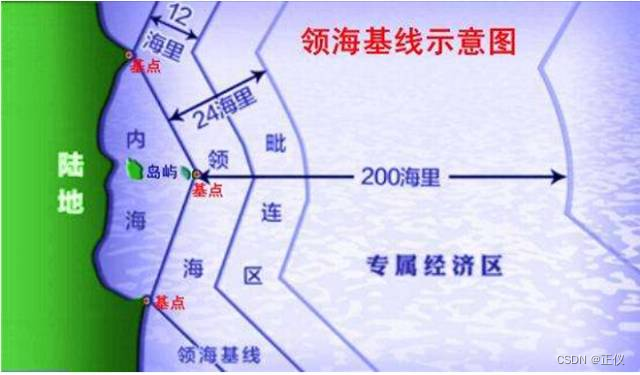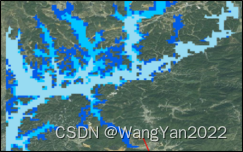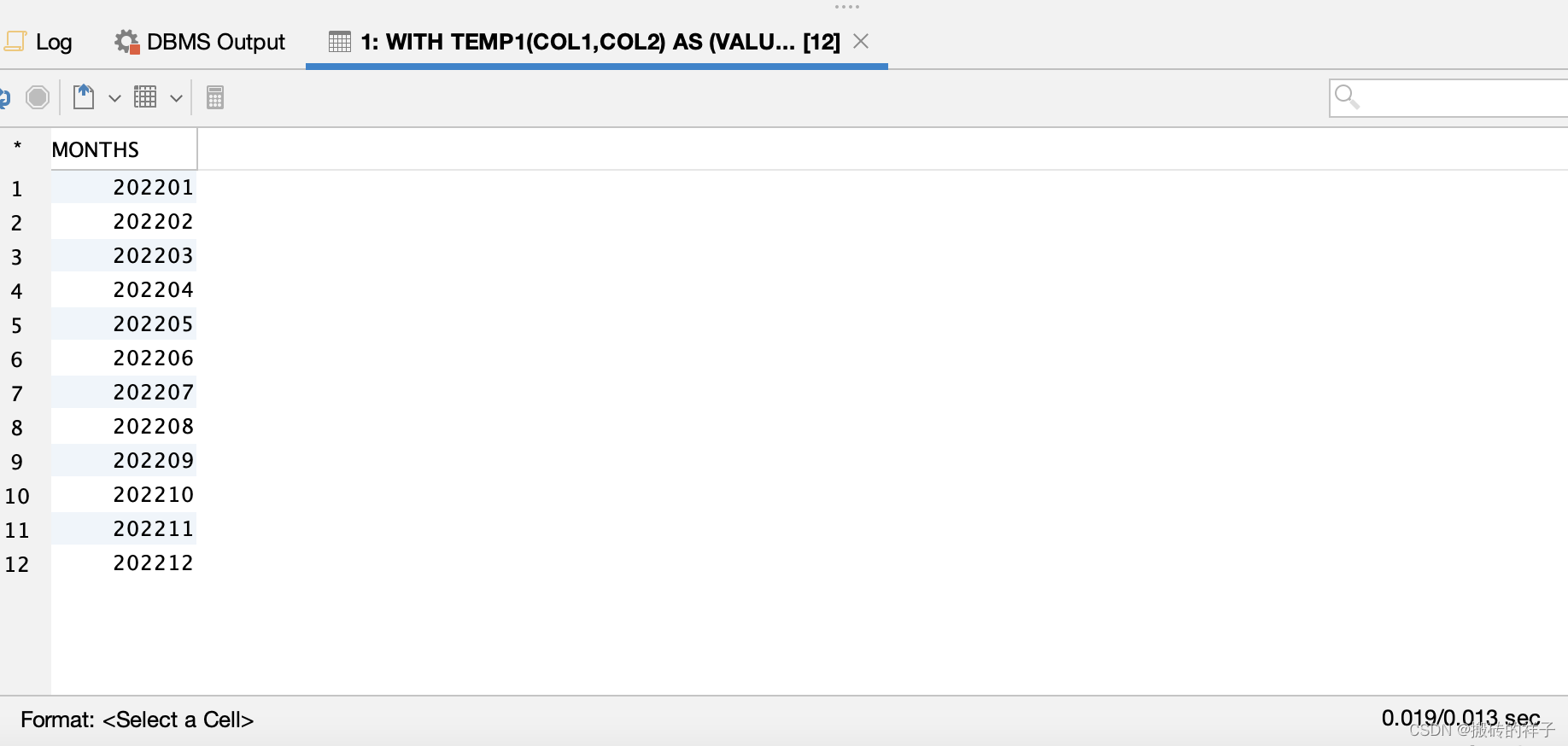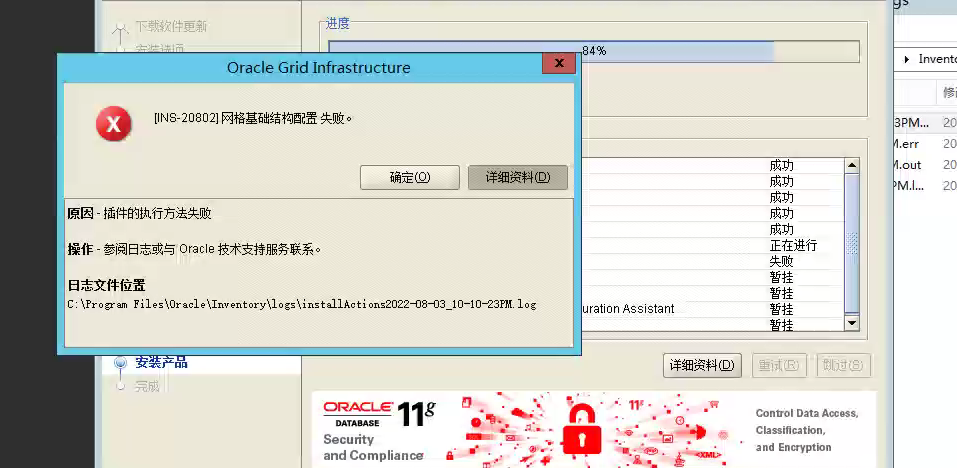当前位置:网站首页>Meaning and names of 12 nautical miles, 24 nautical miles and 200 nautical miles
Meaning and names of 12 nautical miles, 24 nautical miles and 200 nautical miles
2022-08-10 15:05:00 【Zhengyi】
1) Base point
Base point is the starting point for calculating the territorial sea, contiguous zone, exclusive economic zone and continental shelf, and is an important symbol for safeguarding my country's maritime rights and interests and sworn sovereignty.According to the United Nations Convention on the Law of the Sea, the baseline of the territorial sea is the starting point for measuring the territorial sea of the coastal state, which is generally the high tide and low tide line of the coastal state.The coasts or islands determine their own appropriate points, connect these points with straight lines, and delineate the base points. These points are called the base points of the territorial sea, and these straight lines are the baselines of the territorial sea in this sea area.

United Nations Convention on the Law of the Sea has the following provisions on nautical miles, baselines beyond the territorial sea:
2) Territorial sea within 12 nautical miles
The littoral state may formulate laws and regulations to manage and use its resources in the waters 12 nautical miles beyond the baseline.Foreign ships have the right to "innocent passage" in the territorial waters.With the permission of the territorial sea state, military ships can also carry out "transit passage".
3) The contiguous zone is within 24 nautical miles
12 nautical miles beyond the territorial sea, that is, between 24 nautical miles beyond the baseline of the territorial sea and the territorial sea, is called the contiguous zone.In this zone, coastal states can enforce anti-smuggling and anti-smuggling laws governing their territorial waters.
4) Exclusive economic zone within 200 nautical miles
The exclusive economic zone refers to the sea area that should not exceed 200 nautical miles (370.4 kilometers) from the baseline of the territorial sea, excluding points closer to another country.This concept originally originated from disputes over fishing rights. After 1945, with the gradual prevalence of submarine oil exploration, it became more urgent to introduce the concept of exclusive economic zone.Technically, as early as the 1970s, humans have been able to drill 4,000 meters of the seabed.
The country to which the exclusive economic zone belongs has the right to explore, develop, use, conserve, and manage the natural resources of the seabed and subsoil and its overlying waters, as well as the right to the construction and use of artificial facilities, scientific research, and environmental protection.Other countries still enjoy freedom of navigation and overflight, and other uses related to these freedoms in accordance with international law (laying of submarine cables, pipelines, etc.).

边栏推荐
- PCL 最小二乘拟合空间曲线
- 从洞察到决策,一文解读标签画像体系建设方法论
- fatal error C1083 Unable to open include file 'io.h' No such file
- sql语句 异常 Err] 1064 – You have an error in your SQL syntax; check the manual that corresponds to your
- 从全球价值链视角看,京东云数智供应链对未来经济有何影响?
- The a-modal in the antd component is set to a fixed height, and the content is scrolled and displayed
- 王学岗————直播推流(软便)03x264集成与camera推流
- How does vue clear the tab switching cache problem?
- 中学数学建模书籍及相关的视频等(2022.08.09)
- 2022年中国软饮料市场洞察
猜你喜欢
随机推荐
兆骑科创高层次人才创业大赛平台,投融资对接,双创服务
【数仓设计】企业数仓为什么要进行分层?(六大好处)
640. Solving Equations: Simple Simulation Problems
How to code like a pro in 2022 and avoid If-Else
容器化 | 在 S3 实现定时备份
[Gazebo Introductory Tutorial] Lecture 3 Static/Dynamic Programming Modeling of SDF Files
BCG库简介
E. Cross Swapping(并查集变形/好题)
"Thesis Reading" PLATO: Pre-trained Dialogue Generation Model with Discrete Latent Variable
Boss raises salary!Look at my WPF Loading!!!
Analysys and the Alliance of Small and Medium Banks jointly released the Hainan Digital Economy Index, so stay tuned!
Rich Dad Poor Dad Reading Notes
Parallels 将扩展桌面平台产品,以进一步改善在 Mac 上运行 Windows 的用户体验和工作效率
统信 UOS V20 专业版(1050update2)发布:文件共享、全局搜索等优化
mysql进阶(三十三)MySQL数据表添加字段
学习MySQL 临时表
王学岗————直播推流(软便)03x264集成与camera推流
网络初识(二)
使用mysq语句操作数据库
【剑指offer】---数组中的重复数字









